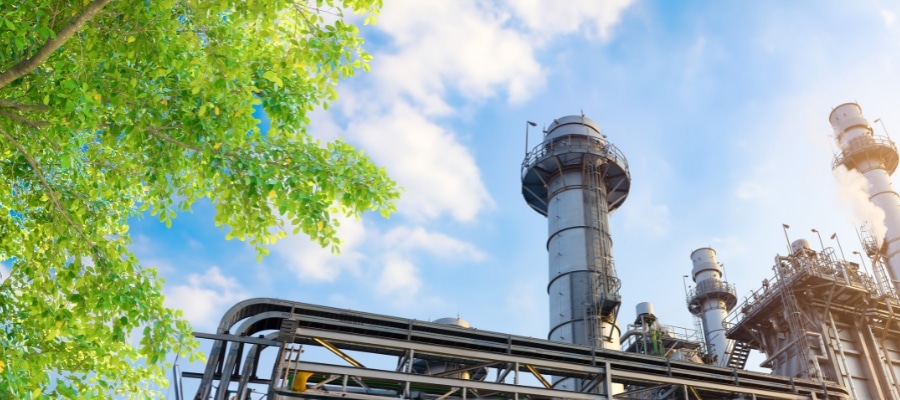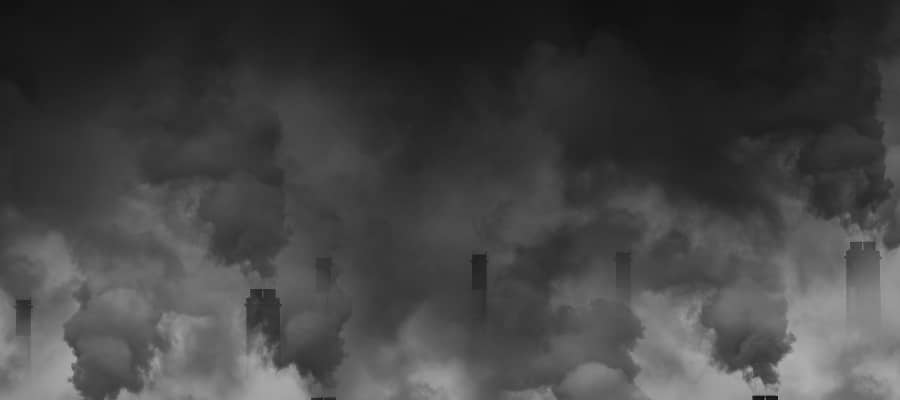Fifteen investors have filed a resolution asking ENGIE to regularly consult its shareholders on the implementation and the content of its climate plan and to integrate the indicators needed to assess its credibility and the risks associated with it. The analysis of ENGIE’s climate plan by Reclaim Finance attests to the relevance of this resolution. Despite some recent improvements in the level of information provided, the plan remains incomplete. Moreover, it reveals sufficient gaps to raise serious doubts about ENGIE’s ability to meet its own climate commitments, even if these do not aim to limit global warming to 1.5°C. Reclaim Finance therefore calls on investors to vote in favor of this resolution.
The main objective of ENGIE’s climate plan is to be carbon neutral by 2045, based on a global warming trajectory of 1.7°C. Such a commitment implies acting on the entire energy that the company produces or sells, and this along the entire value chain – from the emissions linked to the production of fuels, to their final consumption, including the activities of selling gas in addition to the production of electricity).
Despite significant investments in renewable energies, ENGIE’s strategy is based on the development of a 100% “renewable” gas (based on biomethane, e-methane and green hydrogen) [1]. However, ENGIE has not given up developing new gas power plants but is currently increasing its dependence on American shale gas, through the signing of import contracts running until 2042.
It is in this context that 16 investors have decided to file a shareholder resolution giving management the option of holding a consultative shareholder vote every three years on the climate plan (or sooner if there are significant changes to it), and every year on its implementation. A request for discussion on the agenda also calls for management to publish a set of key indicators with a view, in particular, to better assess the company’s decarbonization trajectory in the light of the objectives of limiting global warming to 1.5°C [2].
A plan that remains incomplete
On March 14, ENGIE published its 2023 Integrated Report (TCFD) [3], in which some progress was made, including new details on Scope 3 emissions for each of the company’s activities; the addition of decarbonization targets for electricity production and consumption (-66% by 2030 for Scope 1 and 2), as well as for the reduction of methane emissions from gas infrastructures (-30% by 2030); and details of the emission items concerned by the various existing decarbonization targets.
On April 17, ENGIE made new announcements [4], very clearly with a view to dissuading investors from taking the resolution to the general meeting. Very little new information is given:
- Engie provides only limited transparency as to its electricity mix in 2025 and 2030 by visually publishing through a few unquantified charts.
- Engie confirms its commitment to increase its growth investments from 15 to 16 billion euros over the period 2021-2023 to 22 to 25 billion over the period 2023-2025, but does not provide any granularity by energy type. ENGIE goes beyond the breakdown by business unit adding three categories. However, no granularity is provided to distinguish the activities in each category. CAPEX in wind, solar and hydro are reported together in the renewable electricity production category, and the production of green gas (including biogas, biomethane and hydrogen) is reported together with electrical energy storage capacities such as batteries.
- ENGIE, which has a target of 100% green gas by 2045, publishes a chart that indicates that about 15% of its gas sales will be based on green gas in 2030. This low indicative “target” underlines the immaturity of these technologies which, moreover, assume the prolonged use of methane, a gas 84 times more warming than CO2 over 20 years.
As a result major gaps remain and are sufficient to justify the request by the authors of the resolution for more transparency:
- Until last year, upstream emissions related to the purchase of electricity for resale were not included, even though they represent more than half of the emissions in category 3.3 (fuel and energy activities) and 15% of total emissions in 2022. [5] ENGIE confirmed that these emissions are not included in the SBTi certified targets and are not covered by absolute targets by 2030.
- Furthermore, the group has not set emission reduction targets for 2025.
- Despite progress in terms of breaking down CAPEX into three categories, ENGIE does not disclose its investment strategy (CAPEXex and OPEX) in the short and medium term in a sufficiently granular manner, broken down by energy type and by orientation between growth and maintenance for CAPEX.
- As indicated above, the group does not publish its production and activity forecasts or its energy mix in the short, medium or long term. It only publishes graphs on its electricity mix in 2025 and 2030, without any precise figures, nor even total envisaged production volume.
- While ENGIE’s decarbonization strategy relies heavily on the production and consumption of “renewable gas,” the group does not detail the production and consumption targets beyond 2030, nor the share of existing infrastructure that could be converted to “renewable gas.” There are also no targets for the use of carbon capture and storage (CCS) solutions, although this is mentioned in the group’s strategy.
ENGIE is on track to meet its 2030 renewable electricity generation capacity target and has reported on potential battery capacity in 2030. However, the group should increase its ambition and set targets beyond 2030, both in the development of renewable energy and in sustainable flexibility solutions [6].
The group does not disclose the scientific reference scenario on which it bases its decarbonization targets.
A plan full of inconsistencies
Beyond the need for more transparency, serious doubts persist about the credibility of this plan vis-à-vis the climate objectives set by ENGIE:
- More than half of ENGIE’s phase-out of coal before 2022 has relied on asset sales. [7] While this will not achieve the GHG emission reductions needed to align with a 1.5°C trajectory, ENGIE is still considering selling its stake in the Safi coal plant in Morocco.
- ENGIE has not committed not to build any new gas-fired power plants and still plans to build 1.2 GW, despite its ambition to use 100% “renewable gas” by 2045. [8] The company has yet to specify how it intends to divest its gas assets in the near future, with an asset-by-asset closure or conversion plan specifying the names of the assets, the date of decommissioning or conversion to “renewable gas”, and the capacity involved.
- Although it has reported on its gas decarbonization strategy, ENGIE signed an extension and two new long-term LNG contracts for U.S. shale gas last year. Given the severe environmental consequences of hydraulic fracturing and its ban in France, ENGIE should explain how it reconciles these contracts with its climate commitments, elaborate on its gas procurement strategy, and detail how it applies exclusionary criteria related to environmental, social, and geopolitical issues.
Reclaim Finance calls on ENGIE’s shareholders to support this resolution and to persevere in the dialogue with the company to obtain an improvement in the quality of its climate plan. Although not binding, the requests for consultation and publication of certain key indicators clearly indicate investors’ expectations for more transparency and shareholder dialogue on the company’s climate plan.
While there are 16 investors to co-table the resolution, there were 46 investors in March 2023 and 30 last year who called for Say on Climate to be generalized and for a minimum set of information to be included in companies’ climate plans [9]. Among them are big names in asset management such as Amundi, but also Ostrum and Crédit Mutuel Asset Management. Consistency would suggest that they approve the resolution submitted to the vote for the general meeting of April 26. As the resolution has been relayed to the CA100+, the support of its members, including BNP Paribas AM and AXA IM, would also be welcome [10].
Institutional investors are also invited to adopt specific policies for power generation to push companies in the sector to abandon their expansion in fossil gas and encourage them to allocate $5 in sustainable power generation for every $1 in fossil fuels. [11]



